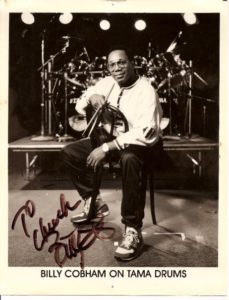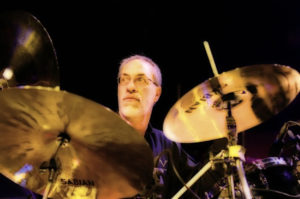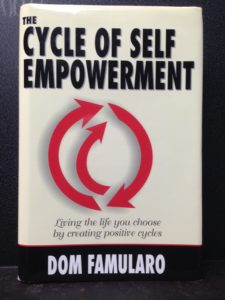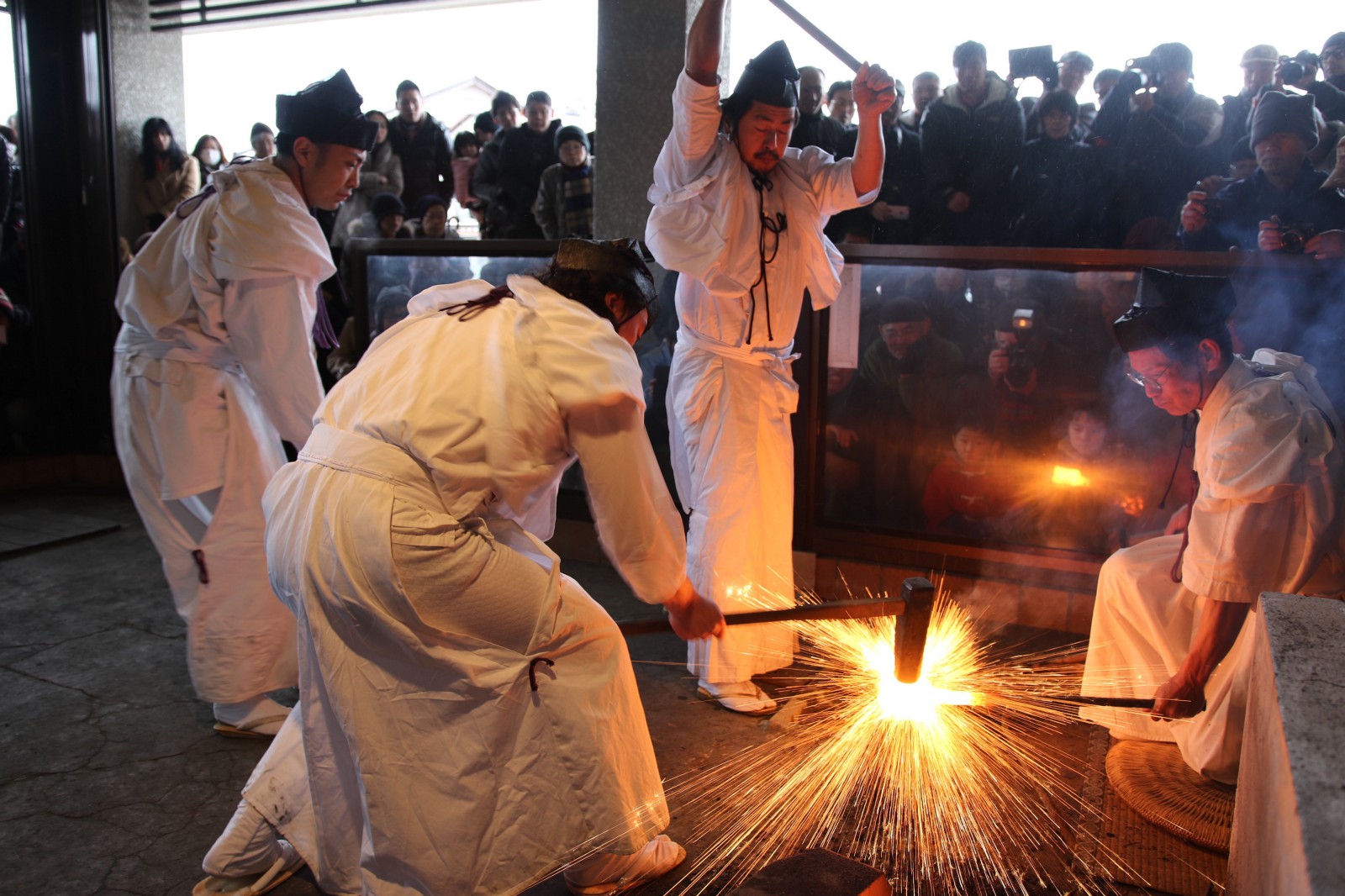My First Drum Clinic

I love drum clinics. For the uninitiated, this is a performance — usually educationally based, by a drummer known for their technical prowess. Typically, there is a demonstration of technique through playing a drum solo or with prerecorded tracks. In some cases, there are live performances with other musicians. The very first drum clinic I attended was sometime in late 1988. It was put on by Music Mart, a larger music store in Palm Beach County that I frequented. It featured Billy Cobham and Dom Famularo. I was familiar with Cobham and his work with The Mahavishnu Orchestra and now as a solo artist in the 80s.

I was not familiar with Mr. Famularo. I was floored by his enthusiasm, presentation and sheer joy and mastery in his playing. Although not a member of a famous band, Dom has nonetheless parlayed that enthusiasm into a career of drum instruction. He has truly become the drum ambassador to the world. I encourage you to check out his website and see his educational lineage. Dom is like a master yogi that has learned from the master yogis. Billy Cobham’s performance was just as exciting, but in a different way. Famularo’s clinic had really struck a chord in me at that time. I began taking formal lessons again with a private instructor.
Drum Clinics, Lessons, and Beyond
As I progressed in my playing, I would attend any drum clinic in my vicinity and still seek out occasional private lessons. In a behavior that would foreshadow my interviewing drummers and writing for magazines, I would pick their brains at these clinics. I would ask questions that I didn’t see answered in the magazines or ask them if they had any projects or performances that were off the radar. On our vacation that partially inspired us to move to California, I took the opportunity to take a private lesson with Zoro, master R&B drummer and passionate educator. Among the drum set study materials he assigned, he also gave me a list of books to read. Among them was Dom Famularo’s “The Cycle of Self-Empowerment.”

This book is not for drummers only. It talks about real and practical ways to achieve things that you envision. There are several concepts discussed by Famularo but one thing that stuck out in my mind was his statement of “steel sharpens steel” in the very first chapter. This is the concept that the people you surround yourself and hang out with should be honing and sharpening you as a person. In turn, you provide accountability and inspiration back to reciprocate the sharpening. It is difficult, if not impossible, to inspire yourself. It is a rare individual that needs no external stimulation for the process of inspiration. I believe we need the tangible feedback and energy of others to spur us to creativity or out of complacency. I recently experienced this personally and after spending some time with a friend. We were both in a similar state of depression and complacency. We benefited from and were inspired by each others physical presence. Some of the results of my “sharpening” are right here on this humble website.
The Collective Energy

Collective Vision by Alex Grey
There is a concept in some religious, spiritual and self-help theologies that wherever there are two or more believers (or people with a focused, common purpose), gathered together, there is an energy there as well. I believe there is something to this. I have experienced various levels of phenomena with group energies through Qi Gong, yoga, 12-step based recovery fellowships and various spiritual-based gatherings. I can attest to the energy that is present when you have a group of people entirely committing themselves to a collective cause or purpose.
One of my theories on why certain bands are successful is that I believe for a specific moment in time, every member was laser focused on their vision. All members were in agreement in the direction of the band. Some bands crash and burn after a moment in the spotlight. Others may last longer because all members remain focused. Of course, this is all subjective and my opinion only, but it’s hard to ignore some examples of this theory at work. I encourage you to scientifically explore this concept for yourself, either through personal experience or looking for examples of it elsewhere.
Everybody’s a Critic

One of the results of my “sharpening” is going to be a page with reviews of books, recordings, films or whatever comes to mind, starting with Dom’s book. My grandmother would tell me growing up, “If you don’t have anything nice to say, don’t say anything at all.” With that in mind, all reviews will be positive and about things that I enjoy or have been impacted by and wish to share with others. I see no benefit in doing negative reviews or trying to convince people of my viewpoint that something is “bad” or “wrong.” There is enough of that in the world already. My goal is to uplift and inspire.
Constructive criticism is another story. We all have ideas on what would make things better, including me! One of my most cherished memories from my early years of self-discovery is of sharing music I discovered with my friends. We would constantly share and constructively criticize the music we shared with each other. That same desire continues today, but has been made much simpler and far reaching with the internet and social media. With a few clicks of a button, I can instantly share something that caught my ear or recommend a recent discovery.
Here’s a great example. I occasionally have the opportunity to work with Carl King, friend and colleague. He was doing some video work for French guitarist Renaud Louis-Servais and I helped with some lighting and general teching. I had almost forgotten about the project when I happened upon the completed video the other day and remembered how much I enjoyed his playing. The video also features one of my favorite drummers, Virgil Donati. Check it out:


Amazing, inspirational and beautifully written post!
Thanks Luv!